Quality, in my opinion anyway, is all relative. Nobody is insane if everybody is insane. Likewise, no tea is bad if all tea is bad (or good). Good and bad, I think, are entirely relative terms — and so in order to assign “good” and “bad”, one needs a scale.
There are some teas that I have that I drink for the purpose of setting standards. They are usually not great tea, merely ok, most likely cheap, predictable, and easily obtainable. Tea is especially difficult this way, because other than big Western tea makers (say, Twinings) it is hard to get a consistent product. A longjing from shop X this year that sells for $5 for 50g might be good, but the one two months down the road, when they sold out of the first batch and restocked, can be quite different. I’m sure we’ve all had that experience before. Sometimes certain teas also have some oddities – a funny aftertaste, a strange mouthfeel, etc. If drunk often enough, one might not notice, but if one tries many different varieties of the same tea, then it will become obvious that it is the “usual” that is odd, and not all the other ones.
So what I usually try to look for in a “benchmark” kind of tea that helps me set basic standards is basically an average tea… something that isn’t offensive, isn’t too great, and will allow me to judge other teas by.
The tea I drank today I got for this purpose, or at least when I got it I hoped I could use it for this purpose. It’s the roasted baozhong that I got. It is probably aged a year or two, but basically without aging. I can still taste the firing, and the tea is, generally speaking, not great, but fair and does the job. It doesn’t have off flavours, most importantly it isn’t sour, it is relatively smooth, has that Taiwanese oolong aftertaste, but still has a nice yun and can be enjoyed on its own terms. Good for benchmarking purposes.
The reason I drank this today is because I intend to try out the few aged Taiwanese oolongs I’ve collected since I got here, and I want something cheap and basic and relatively unaged to compare it against. If, say, a purported 15 years old Dongding outperforms this roasted baozhong only slightly (if at all), but costs a few times more… then that Dongding, unless it has some truly interesting quality, is not worth the trouble. I know some of the stuff I’ve gotten are not terribly good, but you have to have multiple points in order to construct a scale, and I am starting with the first one today.
I’m still deciding on what to drink tomorrow. There are at least four options… hmmm

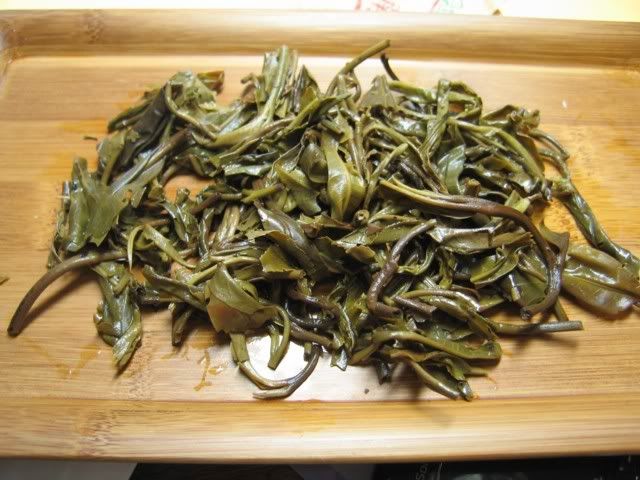
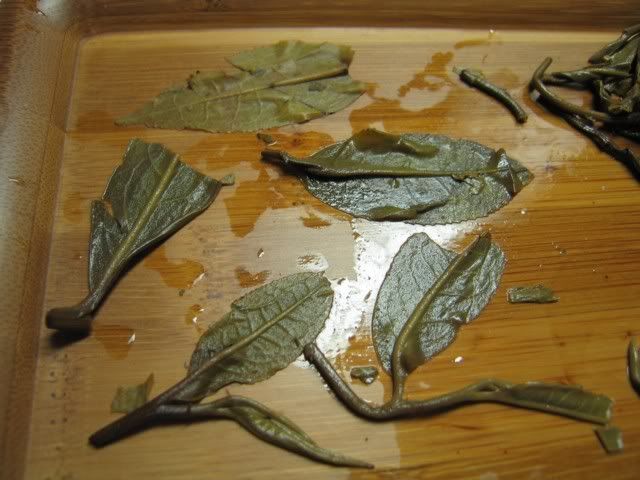
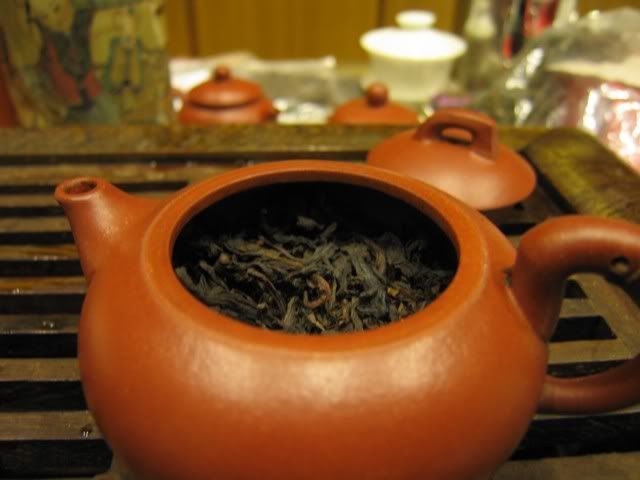
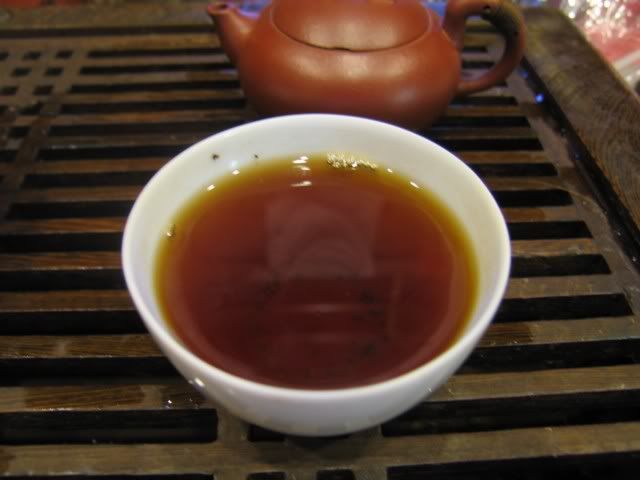
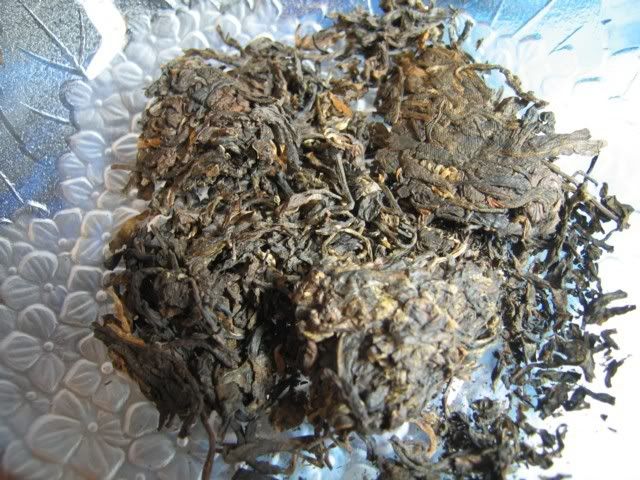
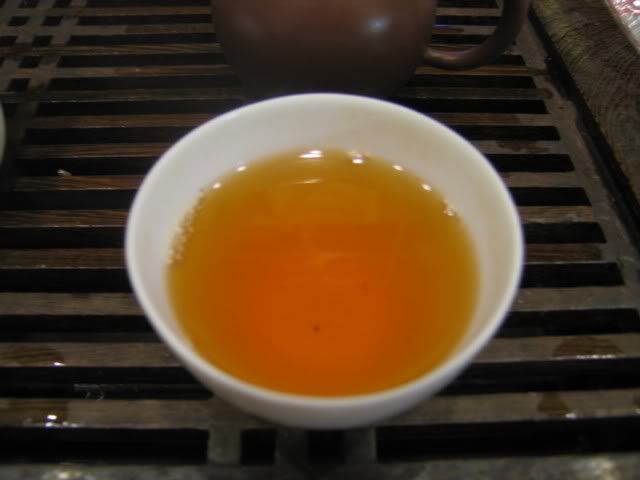
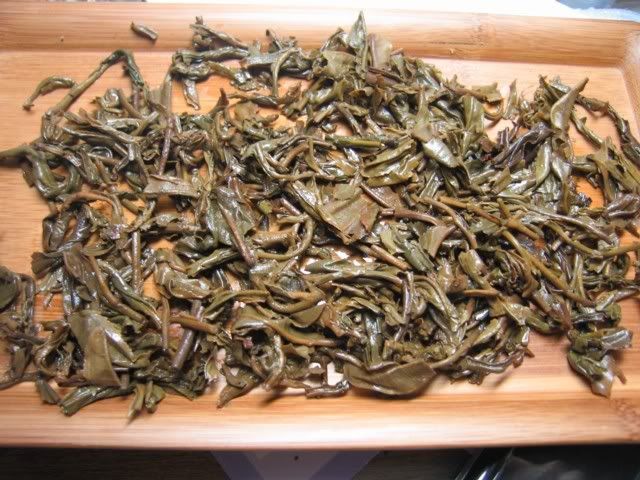

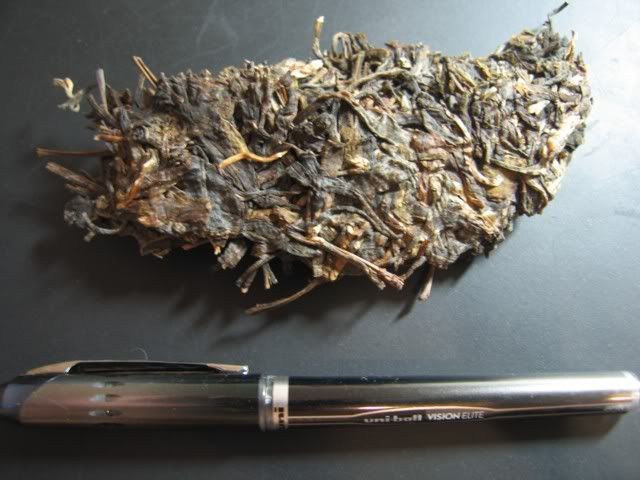
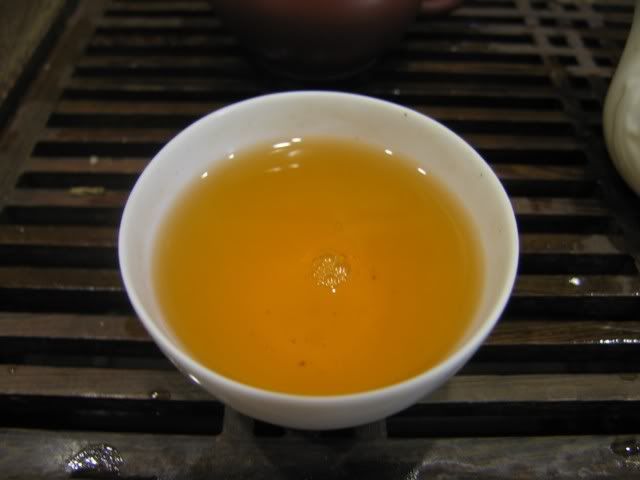
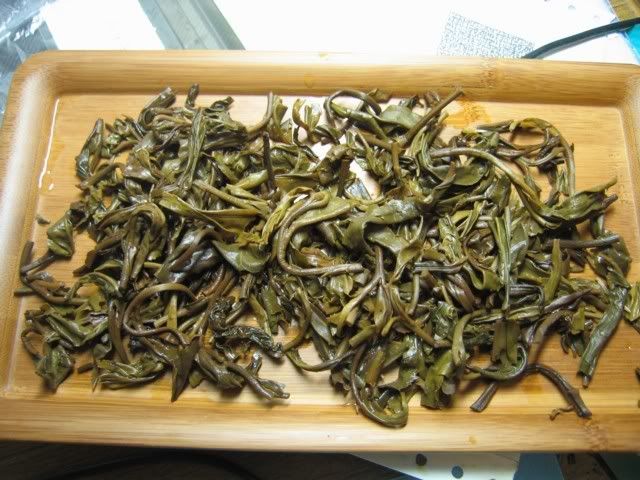
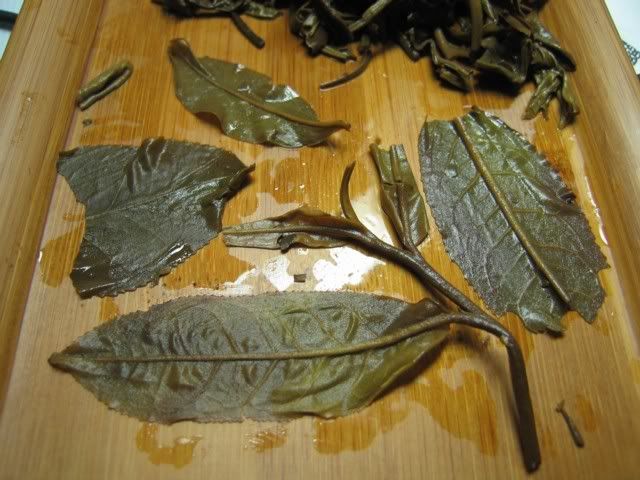
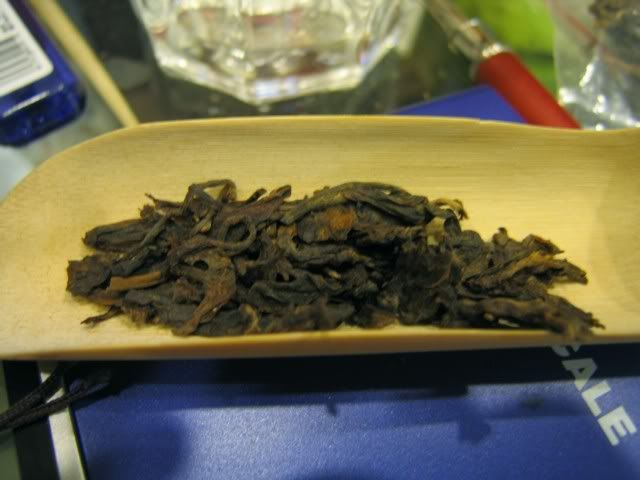
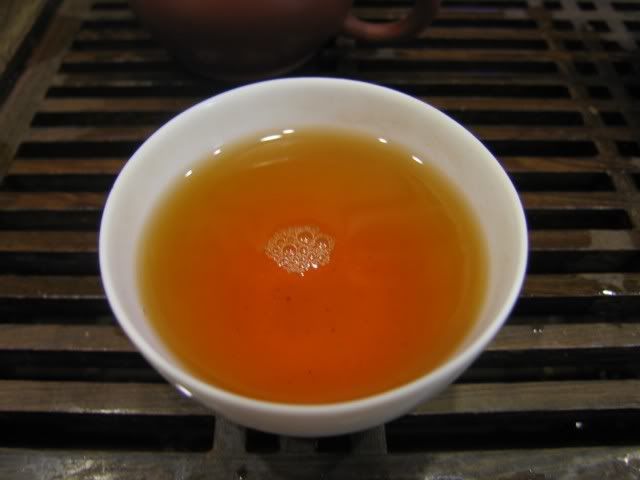

Yeah water is really something people don't talk enough about. You sort of settle into your routine and don't think…